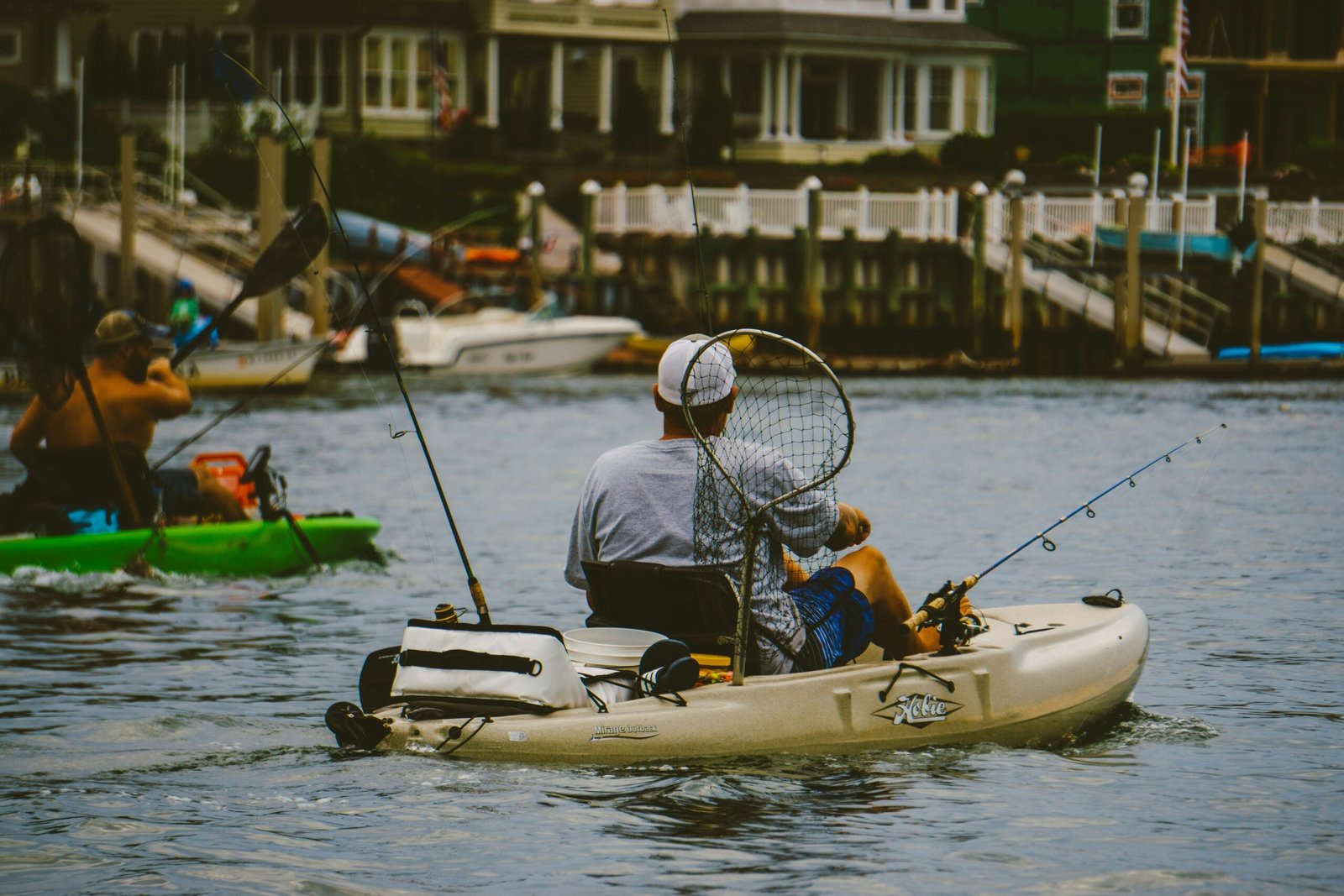When it comes to kayak fishing, navigation is an essential skill that every angler should master. Understanding water currents, tides, wind patterns, and basic map reading are crucial for a successful and safe fishing expedition. In this guide, we will explore the fundamentals of kayak navigation and provide you with the necessary tools and knowledge to navigate various water bodies with confidence.
The Importance of Understanding Water Currents, Tides, and Wind Patterns
Before setting out on your kayak fishing adventure, it is vital to familiarize yourself with the water currents, tides, and wind patterns of the area you plan to explore. These factors have a significant impact on your kayak’s maneuverability and can affect your ability to reach your desired fishing spots efficiently. By understanding these elements, you can plan your fishing trip accordingly and maximize your chances of success.
Basic Map Reading and Navigation Tools for Kayaking
Map reading and navigation tools are indispensable for kayak fishing. A waterproof map or chart of the area you intend to explore is essential for understanding the water depth, identifying potential hazards, and locating productive fishing spots. Additionally, a compass and a GPS device can provide valuable assistance in maintaining your bearings and tracking your route.
Essential Safety Equipment
Prioritizing safety on the water is of utmost importance. Apart from the standard personal flotation device (PFD), there are several other safety equipment items that every kayak angler should have. These include a whistle or signaling device, a bilge pump or sponge for bailing out water, a paddle float for self-rescue, and a first aid kit. It is crucial to familiarize yourself with the proper usage of these safety tools to ensure a safe and enjoyable fishing experience.
Navigating Different Water Bodies
Rivers
Rivers offer unique challenges and opportunities for kayak fishing. Understanding the flow and speed of the river current is crucial for efficient navigation. Additionally, being aware of potential obstacles such as rocks, fallen trees, or rapids will help you plan your route and avoid hazardous situations. It is also important to keep an eye on changing water levels, as they can significantly affect the river’s characteristics.
Lakes
Lakes provide a more tranquil environment for kayak fishing, but they still require navigation skills. Pay attention to wind patterns, as they can create choppy conditions and affect your paddling speed. Familiarize yourself with the lake’s layout and identify potential fishing hotspots such as drop-offs, weed beds, or submerged structures. Utilize your map and GPS to navigate to these areas effectively.
Open Waters
When venturing into open waters such as bays, estuaries, or the ocean, it is crucial to respect the power of the elements. Strong winds, unpredictable currents, and changing weather conditions can present significant challenges. Before heading out, check the weather forecast and plan your trip accordingly. Be prepared with the necessary safety equipment, and always prioritize your safety above all else.
Using Nautical Maps and Charts
Nautical maps and charts are invaluable tools for kayak navigation. These maps provide detailed information about water depth, currents, hazards, and navigation aids. Understanding the symbols, colors, and markings on these charts is essential for safe and effective navigation. Pay close attention to contour lines, which indicate changes in water depth, and use the compass rose to align your kayak’s heading with the map.
GPS and Navigation Devices
GPS devices have revolutionized kayak fishing navigation. These devices provide accurate positioning information, track your route, and offer features such as waypoint marking and route planning. There are various types of GPS devices available, ranging from handheld units to fishfinder combo units. Choose a device that suits your needs and learn how to utilize its features to their full potential to enhance your fishing experience.
Night and Low-Light Navigation
Kayak fishing at night or in low-light conditions can be a thrilling experience, but it requires extra precautions. Ensure your kayak is equipped with proper navigation lights to make yourself visible to other boaters. Familiarize yourself with the local regulations regarding lighting requirements. Additionally, consider using reflective tape on your paddle and kayak for enhanced visibility. Always prioritize safety and be aware of your surroundings.
Weather Awareness and Navigation
Weather conditions can significantly impact your kayak fishing trip. Being aware of weather forecasts and understanding how weather patterns can affect the water conditions is crucial for planning a safe and successful outing. Look for signs of changing weather, such as darkening clouds, increasing wind speed, or sudden temperature drops. If unfavorable weather conditions arise, it is best to postpone your trip and prioritize your safety.
By mastering the essentials of kayak fishing navigation, you can enhance your fishing experience and explore new fishing grounds with confidence. Remember to prioritize safety, stay informed about the water conditions, and utilize the necessary navigation tools to ensure a successful and enjoyable adventure.

